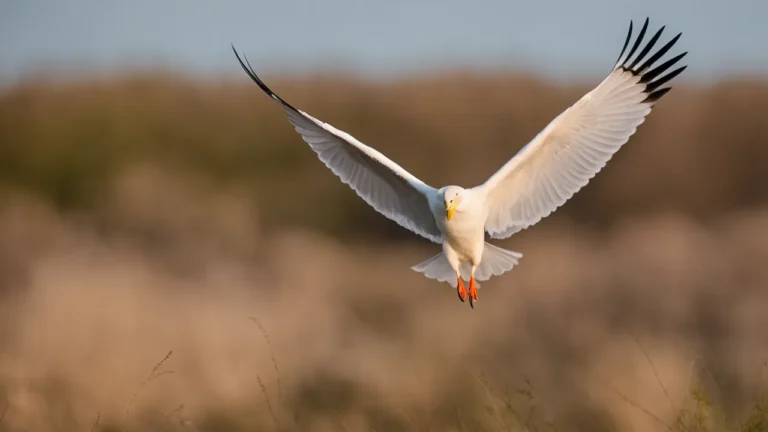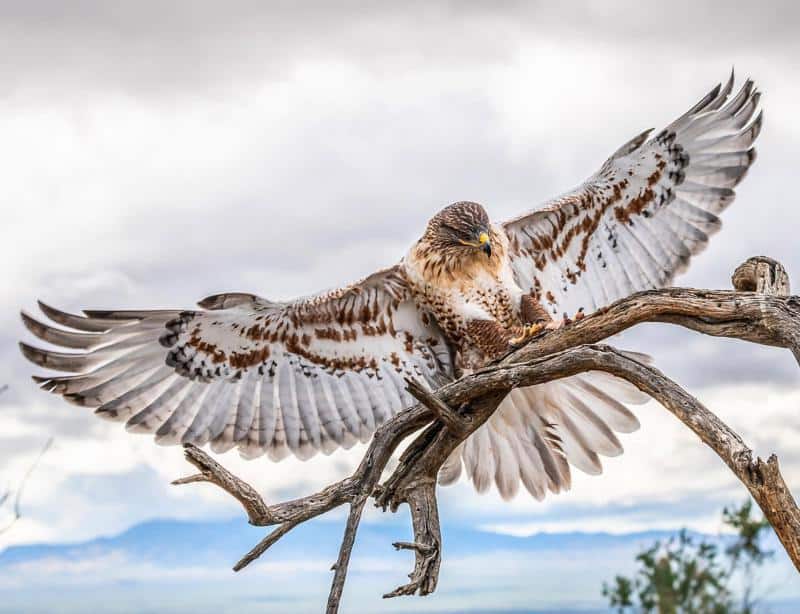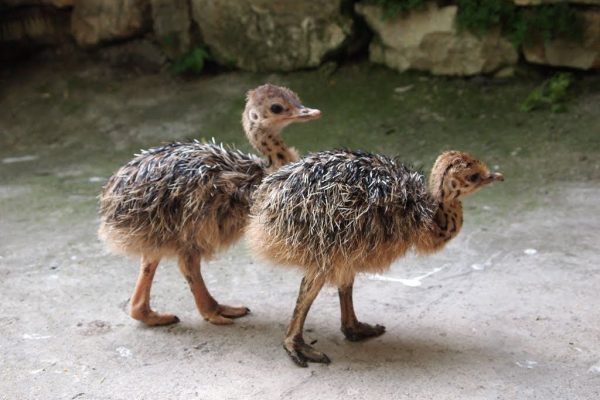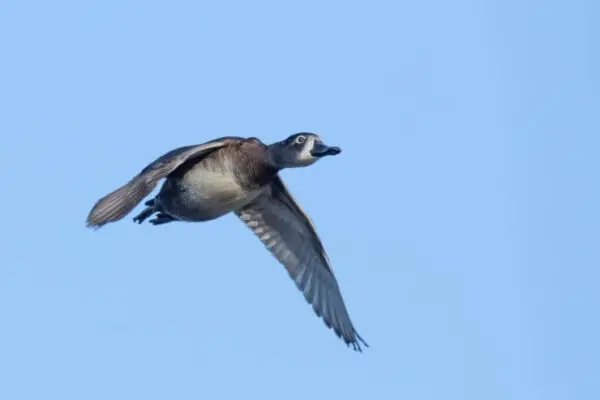Menstruation in humans indicates the start of a fresh reproductive cycle. But do our feathery companions go through menstruation as well? Gaining a better understanding of avian reproduction reveals some unexpected distinctions from mammals.
For those with limited time, the following is a brief response to your inquiry: No, unlike mammals, birds do not undergo menstruation or have periods. Bird females do not lose their uterine lining; instead, they ovulate and produce eggs in cycles.
This essay, which is around 3000 words long, will solve the puzzles surrounding the avian reproductive system. We’ll look at how birds ovulate, contrast the cycles of mammals and birds, and discuss odd instances like the symptoms of the chicken period. You’ll learn amazing things about the natural world.
Important Distinctions in Mammal and Bird Reproduction
There are a few significant differences in the reproductive cycles of birds and mammals that make them different. By comprehending these variations, we may better understand the intriguing realm of bird reproduction and help to demystify the avian reproductive cycle.
Viviparity vs Oviparity
The process of embryo development is one of the main distinctions between the reproductive systems of birds and mammals. Because they lay eggs that hatch outside of the body, birds are oviparous. Mammals, on the other hand, are viviparous, which means that they give birth to live offspring after the embryo has internally matured.
Birds have evolved a variety of adaptations as a result of this variation in embryo development. For instance, mammals have placentas that feed and maintain developing fetuses, while birds have hard-shelled eggs that shield developing embryos.
Triggers of Estrogen
The hormonal triggers that control the reproductive cycles of birds and mammals represent another significant distinction in their reproductive systems. Estrogen is essential for starting and sustaining the reproductive cycle in animals.
During ovulation, this hormone causes the uterine lining to grow and the egg to be released.
Birds’ hormonal systems, however, vary. They do include hormones that resemble estrogen, but they don’t have a role in ovulation or the formation of the uterine lining. Rather, progesterone is the hormone that birds use to control their reproductive cycle and increase egg production.
Shedding of Uterine Lining
The loss of the uterine lining is an interesting reproductive distinction between mammals and birds. The term menstruation or a period refers to the uterine lining loss that occurs in animals. The thicker lining sheds as a result of the fertilized egg failing to implant in the uterine wall.
However, unlike mammals, birds do not experience the menstrual period. Rather, the eggshell is created in a specialized tissue known as the uterus or shell gland. Because their reproductive systems are geared for egg-laying rather than live birth, birds do not lose their uterine lining in the same manner as mammals.
The Oviposition and Avian Ovarian Cycles
Deciphering the avian reproductive cycle is crucial to understanding the secrets of avian biology. Similar to mammals, birds have an intricate reproductive system with many phases and fluctuating hormone levels.
We shall dispel the myths surrounding the avian reproductive cycle in this essay, with a particular emphasis on the ovarian and oviposition stages.
Development of Follicles
The ovarian follicles’ formation marks the start of the avian reproductive cycle. Female birds have many follicles in their ovaries, each of which has the capacity to mature into an egg. Hormones drive the growth and maturation of follicles during the follicular period.
This stage is essential to the development of healthy eggs.
The follicles alter in size and form as they mature. The preovulatory follicle, which is the biggest and most developed follicle, is chosen for ovulation. The ovary reabsorbs the degenerated and regenerated follicles.
Every reproductive cycle, just one egg is released thanks to this procedure.
The Formation of Eggs and Ovulation
The process of forming eggs begins with ovulation, which is the release of the mature egg from the preovulatory follicle. After being released, the egg passes via the oviduct, a unique reproductive organ, where it continues to grow.
The oviduct is separated into many portions, each of which has a distinct role in the development of the egg.
The outer layers of the egg, including the shell, develop as it passes through the oviduct. The oviduct secretes a number of chemicals that help create the eggshell and provide it strength and protection.
Depending on the kind of bird, this procedure may take many hours or even days.
Nesting Patterns
When the egg is mature, the female begins to build a nest. This activity includes selecting a good place to build a nest, building the nest, and incubating the eggs. Different bird species have different ways of building their nests; they may be as basic as ground nests or as complex as tree nests.
The mother bird rests on the eggs to provide warmth and shelter throughout the incubation period. This phase of the reproductive cycle is crucial because the eggs need a warm, stable environment to grow.
Depending on the species, incubation times might range from a few weeks to many months.
It’s crucial to remember that not all female birds experience the menstrual cycle like humans do. Menstruation causes humans to lose the lining of their uterus; however, as birds lack uteruses, they are not able to have menstruation. As a part of their reproductive cycle, they instead deposit eggs.
You may visit reliable sites like the Cornell Lab of Ornithology or the Audubon Society to discover more about the wonderful world of birds and the avian reproductive cycle.
Myths Regarding Chicken Periods
One widespread myth that often surfaced about avian reproductive cycles was whether or not birds truly had periods. More specifically, a lot of people are curious as to whether hens—one of the most popular domesticated birds—go through the same menstrual cycle as people.
In actuality, however, birds do not experience menstruation in the same manner as people.
Menstruation vs Molting
This misperception stems, in part, from the similarities between menstruation and molting. Birds naturally go through a process called molting, during which they develop new feathers and lose their old ones. Birds may seem to be bleeding during this period, which may cause some people to wrongly think that they are menstruating.
But far from being the result of menstruation, the blood-like material seen during molting is really created by the breaking and regeneration of feathers.
Blood Progenitors, Not Yolk
The fact that female birds’ reproductive systems include yolk precursors adds further credence to the idea. For instance, the ovary of a chicken creates and releases precursors of the yolk, which ultimately develop into eggs.
This is not a blood-letting procedure; it is entirely distinct from menstruation. The yolk precursors have a totally distinct function in the bird’s reproductive cycle, thus they are not comparable to menstrual blood.
Significant Egg Laying Stress
It’s also crucial to remember that different birds deposit their eggs at different times. Not all bird species lay eggs on a regular basis, however hens are well-known for their capacity to do so. Certain birds, like doves and pigeons, may only lay a few eggs a year.
Conversely, certain heavy-laying hen breeds have undergone selective breeding to increase egg production significantly. It’s possible for some strains to produce eggs almost every day, giving the impression that their periods are regular.
That being said, this is not a natural menstrual cycle—rather, it is only the outcome of selected breeding.
It is critical to dispel these myths and comprehend the actual workings of the avian reproductive cycle. Although they have distinct reproductive systems of their own, birds do not go through menstruation in the same way that people do.
Comprehending these distinctions may aid in debunking popular misconceptions and promote a more precise understanding of bird biology.
Specialized Adaptations for Rare Breeding in Birds
Unlike mammals, birds have developed special reproductive techniques. Frequent reproduction is one of these adaptations. Female birds do not experience menstruation, in contrast to humans and other animals.
Rather, they have a reproduction cycle that is highly dependent on environmental elements like food supply and temperature. This enables birds to schedule their mating season in accordance with the most conducive environments for developing their progeny.
Some birds, for instance, may breed more than once throughout the mating season, whereas others may only breed once a year. This variation in the frequency of breeding guarantees that the young of birds have the highest chance of surviving and helps the birds optimize their chances of successful reproduction.
Clutch Size Difference
The fluctuation in clutch size is another distinctive adaptation in avian reproduction. The number of eggs a female bird lays in a single nesting effort is referred to as clutch size. The number of eggs in a clutch may vary greatly throughout bird species, ranging from one to twelve or more.
Numerous variables, such as the bird’s size, environment, and resource availability, affect this difference in clutch size. Because they are better equipped to care for and safeguard a greater number of babies, bigger bird species, for instance, often have larger clutch sizes.
Furthermore, birds in areas with plenty of food supplies could have greater clutch sizes than birds in situations with less resources.
Gaining knowledge about the variables that affect clutch size variation will help us better understand how various bird species reproduce and how their surroundings have evolved to suit them.
Variations in Hormonal Control
Birds’ reproductive cycles are governed by a special hormonal regulatory mechanism. In contrast to mammals, who experience a monthly hormonal cycle, birds have a hormonal cycle that is dependent on daylight duration. We call this phenomenon photoperiodism.
Birds’ levels of reproductive hormones rise with the lengthening of the days, indicating the beginning of the mating season. With the help of this hormonal regulatory system, birds are able to coordinate their reproductive efforts with environmental signals, resulting in the hatching of eggs at a time when food is plentiful and the habitat is ideal for rearing young.
Gaining knowledge of the hormonal regulation variations in bird reproduction may help explain how birds have adapted to various environments and climates. It also explains why some bird species can only procreate at certain periods of the year, while others are able to do so all year round.
Visit Cornell Lab of Ornithology or Audubon.org for further details on bird reproduction and the special adaptations seen in avian reproductive cycles.
Final Thoughts
Mammalian reproduction is driven by a monthly cycle, but the bird reproductive system has developed in a different way.
Female birds are triggered by hormones and contextual signals to ovulate and deposit eggs rather than remove their uterine linings.
Comprehending the unique adaptations of birds allows us to appreciate the variety of natural reproduction methods.





